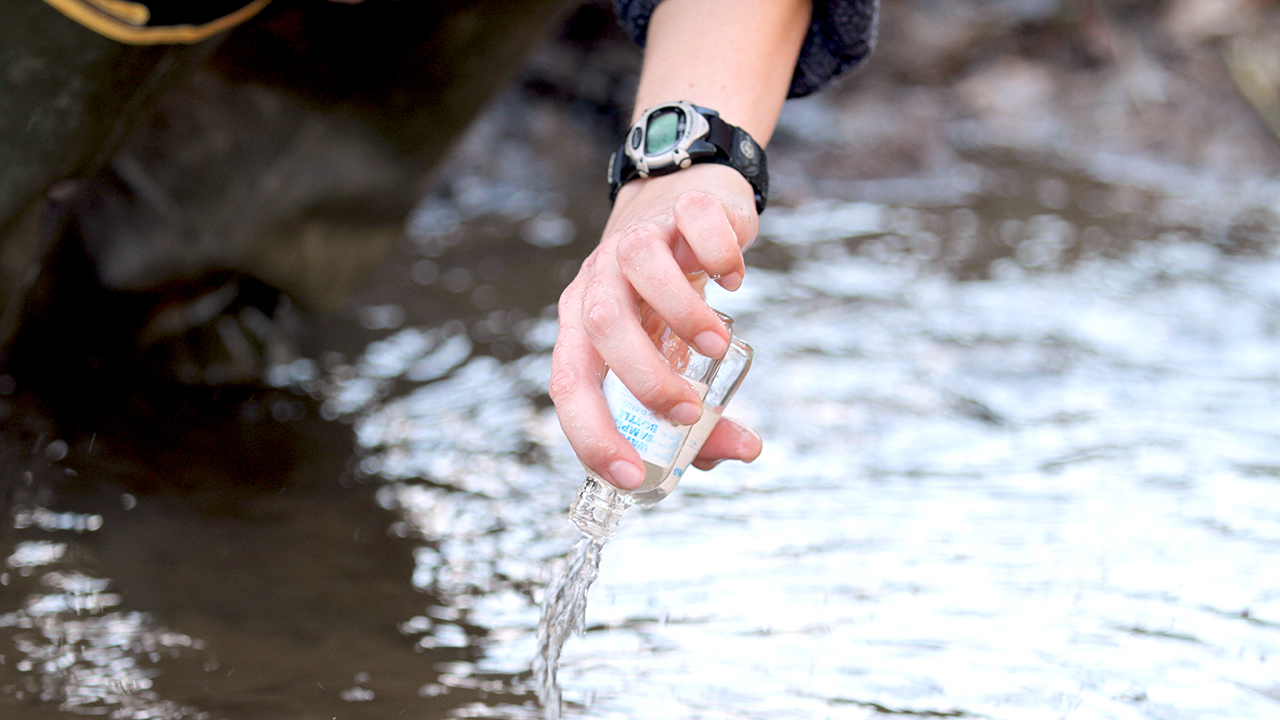
Watersheds 101
What is a watershed?
A watershed is defined as an area of land that drains into the same place. This common location is the lowest point of the watershed and can be any body of water, like a river, ocean, or lake.
To visualize how a watershed works, cup your hands in front of you as if you were going to drink from them. Imagine that your hands are a land form with a cloud raining down upon them. No matter where the raindrops land, they will flow down to the common low point where your hands meet. In this example, your fingertips are the tops of the hills where a river’s headwaters begin. The middle of your hands are the valleys where a river flows. The creases of your hands are the tributarystreams that come together to form the river. Where the water leaves your wrist is the mouth of the river where it flows into a larger river, and eventually the ocean. This is the basic concept of a watershed.
This video provides an excellent, concise explanation:
Why are watersheds important?
Of all of the water on the planet (and in the atmosphere), only 2.5% is freshwater. Of that 2.5%, less than 2% is actively involved in the water cycle and available for use (see USGS: Where is Earth’s Water?). It is our responsibility to keep this small percentage of available water clean and usable for generations to come. How does this relate to watersheds? We’ve all heard the saying “what goes up must come down.” The principle of this saying is applicable to watersheds; everything that happens upstream affects everything downstream. Everyone is affected by this principle, as we are all downstream of other watersheds and the health of your watershed can directly affect your personal health. Pollution in your water source can find its way into your body, be it through food, drinking water, air, or even soil.
It is important to love thy downstream neighbor by being conscious of your upstream activities. Build up good watershed karma by minimizing pollution in your watershed and preserving our limited water resource.
Learn more
This interactive map of the hydrologic cycle provides explanations and examples for each different part of the cycle.
This informational article was put out by the State of Washington, and provides more in-depth information about watersheds, how they affect you, and how you can get involved.
Get involved with Alabama Water Watch, a volunteer water quality monitoring program dedicated to improving water quality and water policy.
